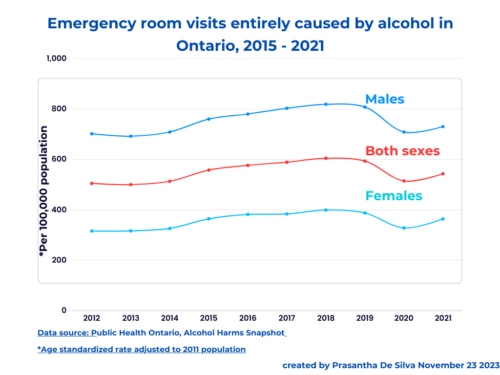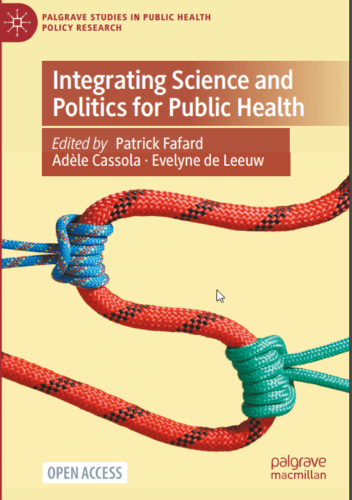Imagine that you are listening to a lecture with your classmates. You want to ask a question from the lecturer to clarify a certain matter. However, you assume your classmates understand the presentation because they do not ask questions. Therefore, you won’t ask your question.
Sounds familiar?
Your friends too won’t disturb the presenter for the same reason.
You all are experiencing “pluralistic ignorance”. This is the opposite of the false consensus bias in which the minority believe they are the majority.
Miller and McFarland demonstrated the same in 1987: their 22 study participants – university students – responded to a set of questions from a difficult-to-comprehend text. Professional help was assured if necessary. The questionnaire included the
- What percentage of other students do you think will seek clarification?
- To what extent do you understand the text? (The responses were on a Likert scale).
The students estimated that 37% of others would seek clarification; in fact, none sought any clarification. And, the understandability was no different at all.
This was not the first time that pluralistic ignorance was studied; it was first demonstrated as far back as 1931 by Daniel Katz and Floyd H. Allport about racial discrimination in the US. At that time racial minorities were excluded from university dormitories and fraternities. They asked 1,998 students about their objections and estimates about public opinion: 55% had no personal objection; however, they were concerned about public opinion. So, although they were the majority, they did not act like a majority.
As Katz and Allport coined, it is an illusion. Most of the time, we live in an illusion world misjudging others.
Even 40 years later, this racial bias exists among university students. Herbert O’Gorman demonstrated it using data from a national sample of 1190 students. The questions inquired whether they individually favoured racial segregation and whether they believed that most other students favoured segregation. The findings startled many – only 18% favoured segregation individually while as many as 47% felt that most other students favoured segregation – the silent majority supported the minority’s opposing view. Interestingly, he also found that this paradox did not change by age, education, or income level: a powerful, robust phenomenon.
We meet pluralistic ignorance in almost every aspect of our lives, not only just in a classroom or on racial issues.
The pluralistic ignorance was demonstrated as a reason for the meagre rates of taking paternity leave by Japanese men, alcohol use in universities, perpetuating unethical practices, smoking, illicit drug use, sexual behaviours, professional practice, and many more.
David Krech and Richard Crutchfield (1948) aptly summarised the pluralistic ignorance in this sentence: “No one believes but everyone believes that everyone else believes”.








